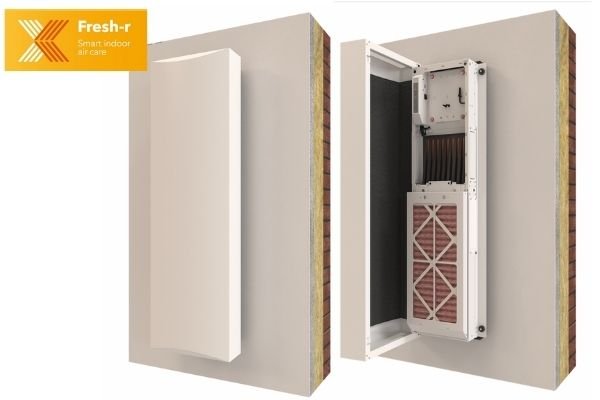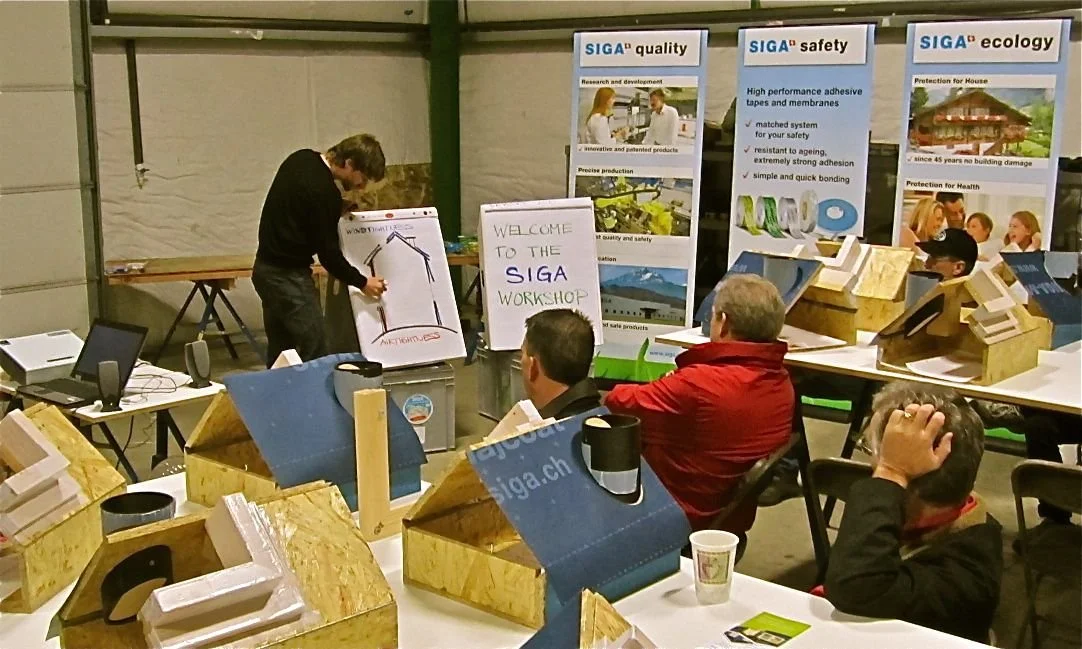When talking about building efficiency, there’s one component that is integral to achieving success that often gets overlooked: an airtight, well-insulated building envelope. You might think efficiency comes from energy-efficient windows or solar panels on the roof, and while those certainly help, the foundation of an energy-smart building begins with one simple principle: keep the outside out and the inside in. This blog post explores why an airtight, well-insulated building envelope is the cornerstone of future-proofing your home (or build)—protecting it from unpredictable weather, rising energy costs, and ensuring lasting comfort.
The Importance of an Airtight, Energy-Efficient Building Envelope
Think of a building envelope as the protective skin of your home. It’s made up of everything that separates the indoors from the outdoors: walls, windows, doors, roof, and foundation. The key to building a resilient, future-proof home is to make this envelope as airtight and well-insulated as possible.
Heating (or cooling) a building with a leaky envelope is like trying to keep a bucket full of water when there are holes all over it. No matter how many times you refill it, water just keeps escaping. In your home or build, it’s not water escaping—it’s valuable heated or cooled air. If your envelope isn’t airtight, your HVAC system ends up working overtime, which means higher energy bills and a bigger carbon footprint.
As energy costs rise, an airtight, well-insulated home is the best way to both protect your wallet and reduce your environmental impact. Having a well-insulated, airtight envelope will most likely enable you to use a smaller HVAC system because your building requires less energy to heat or cool.
Airtightness: Stopping the Drafts Before They Start

































